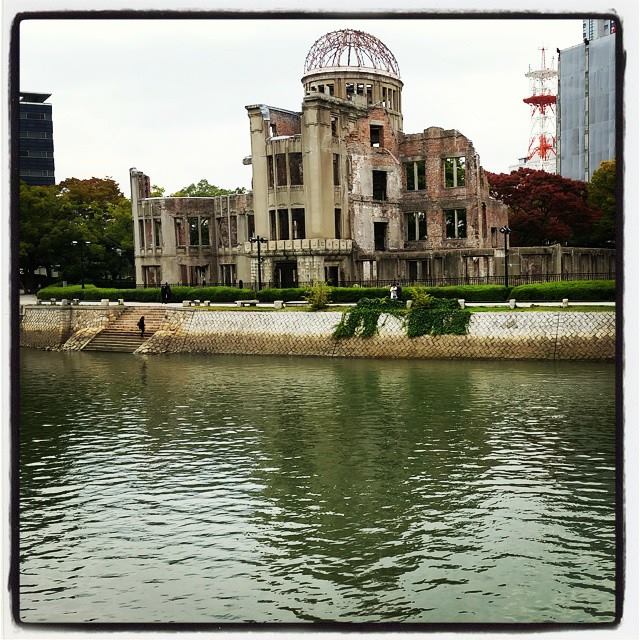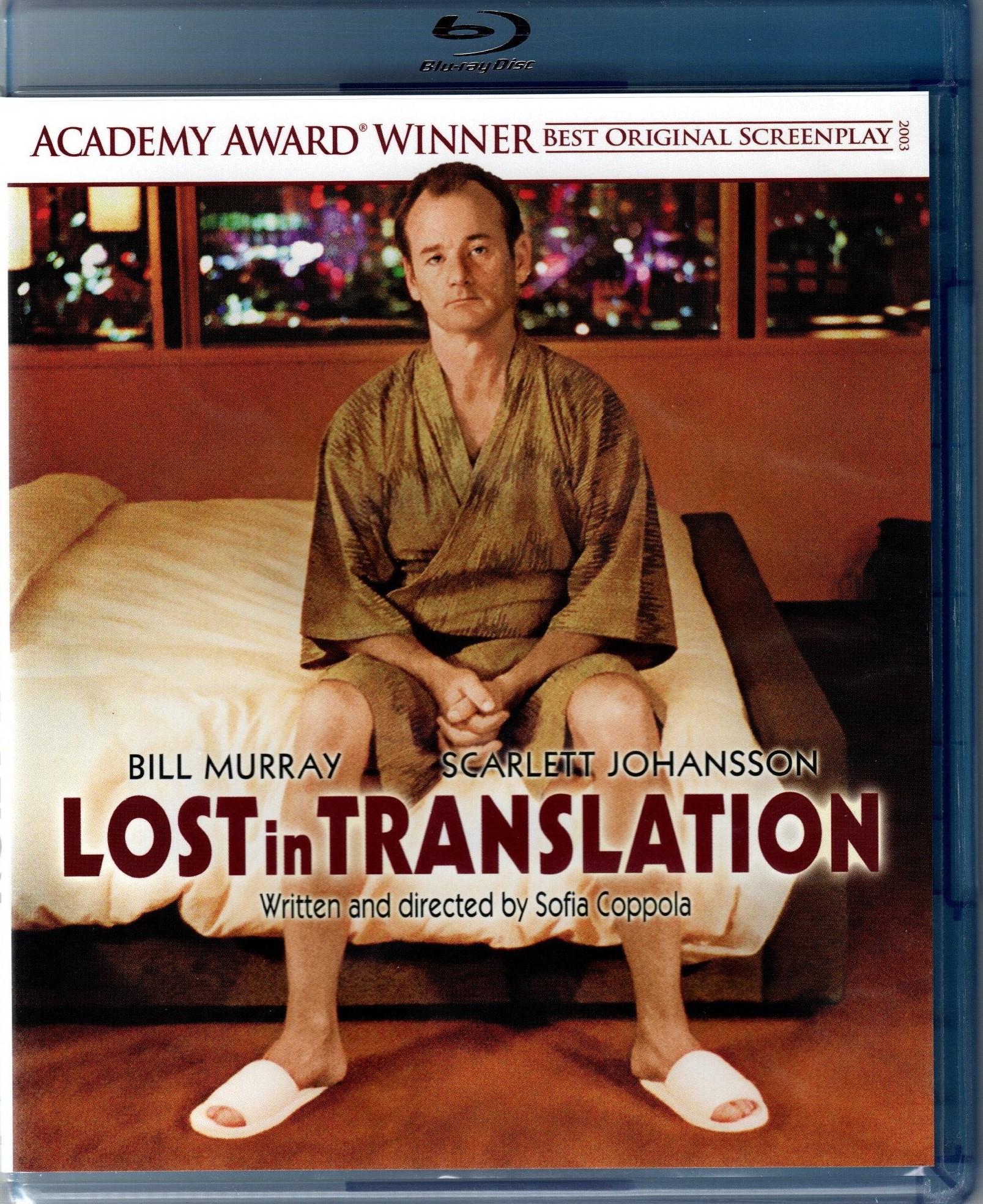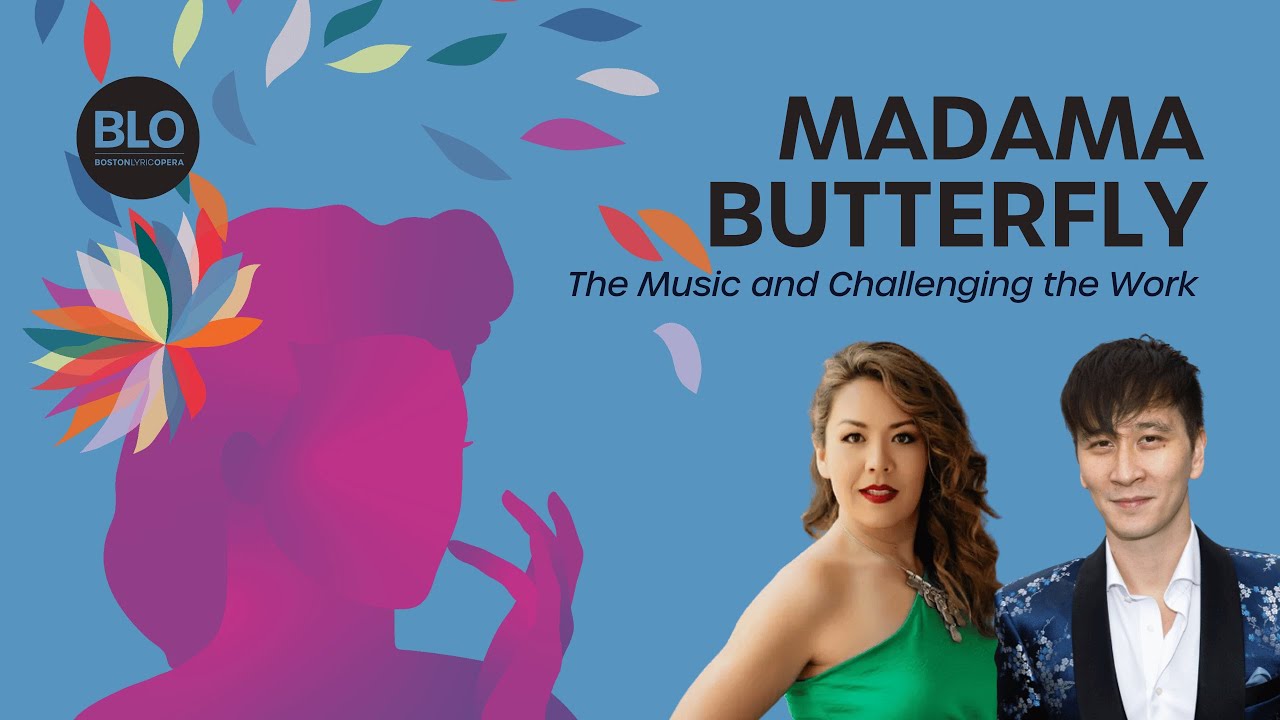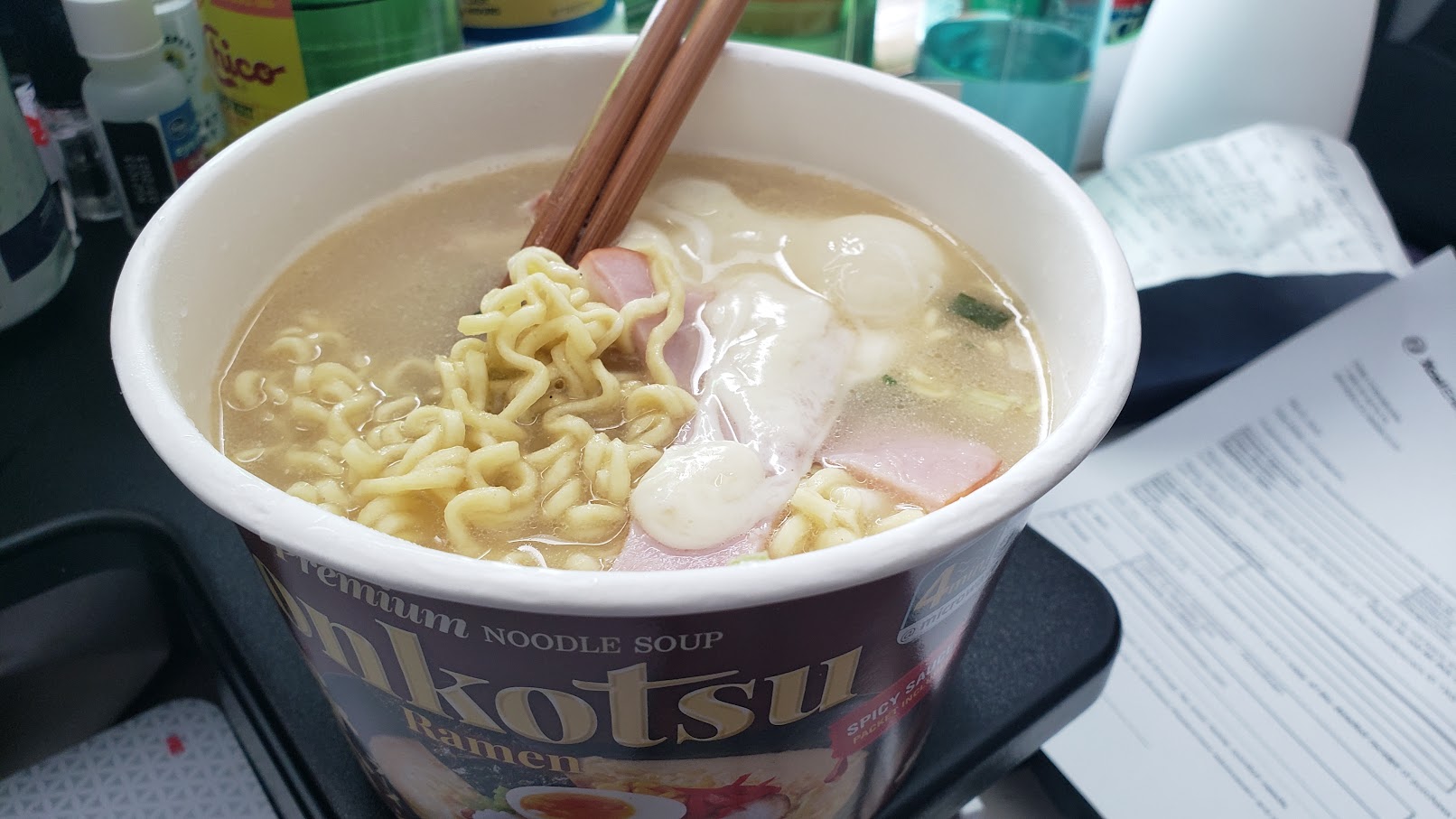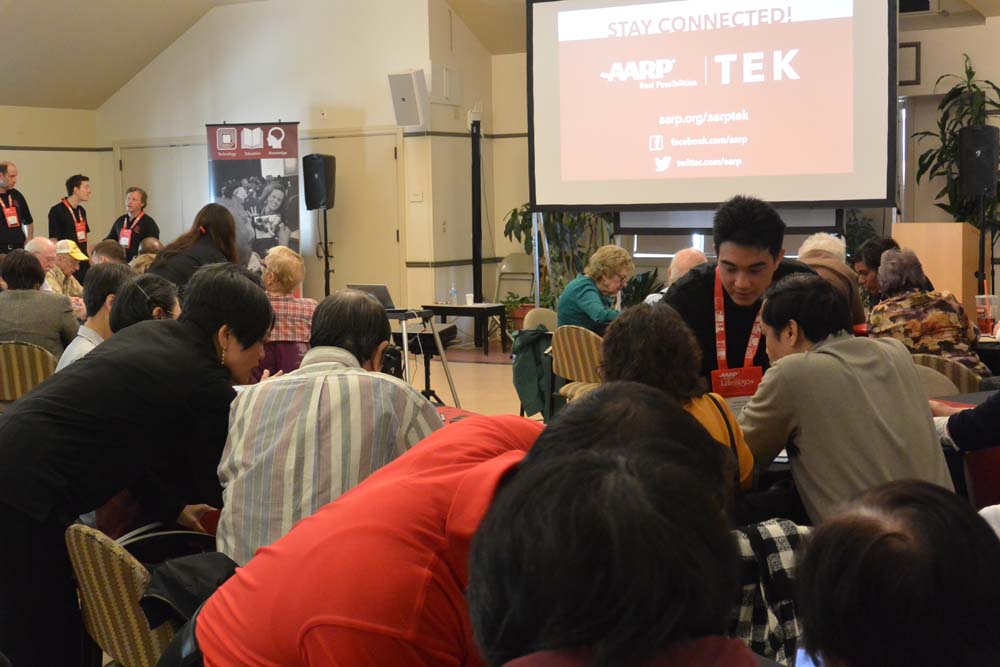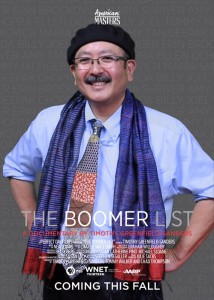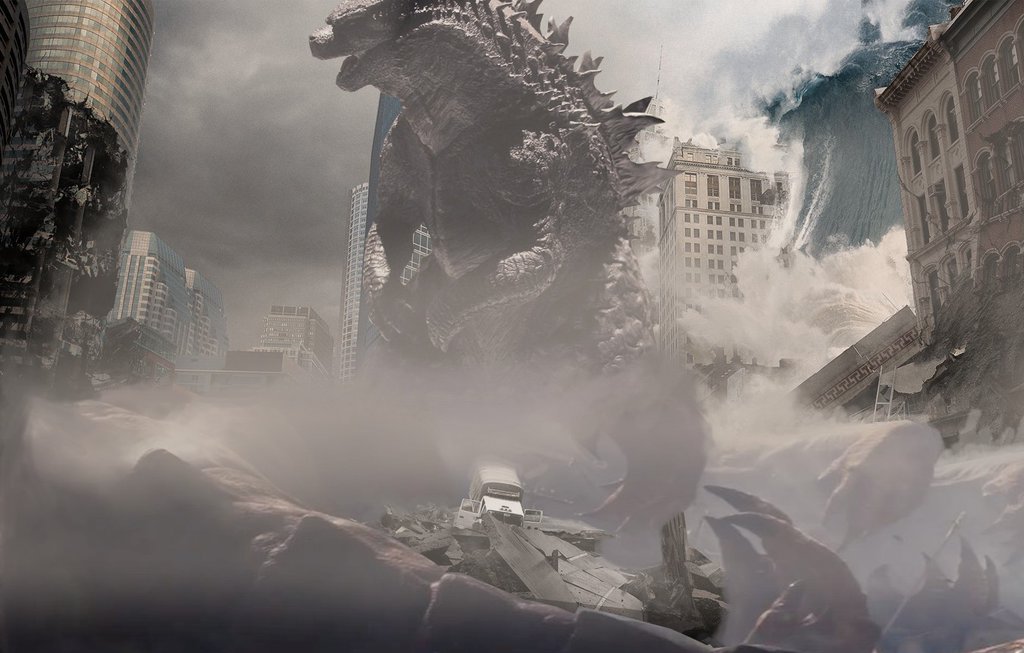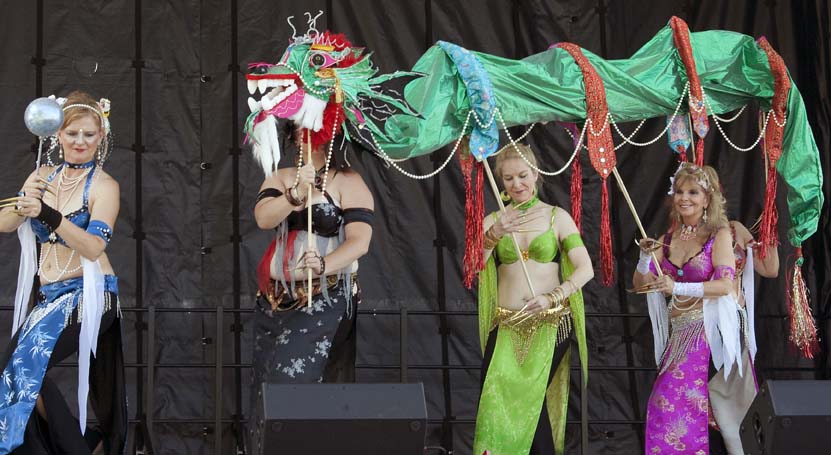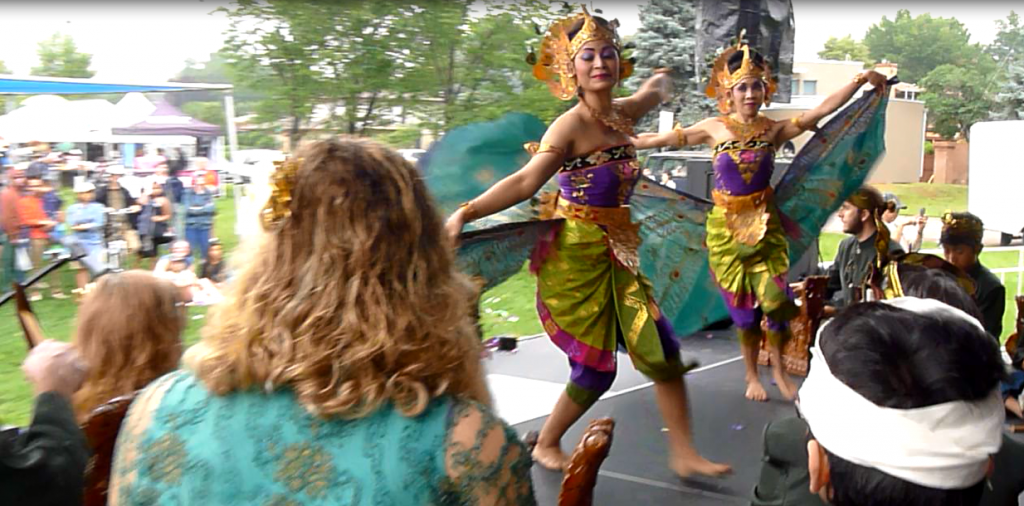August 14, 2014
Asian values kept doctor who found herself in an emergency room from speaking up about the quality of her care
[caption id="attachment_5632" align="aligncenter" width="1000"]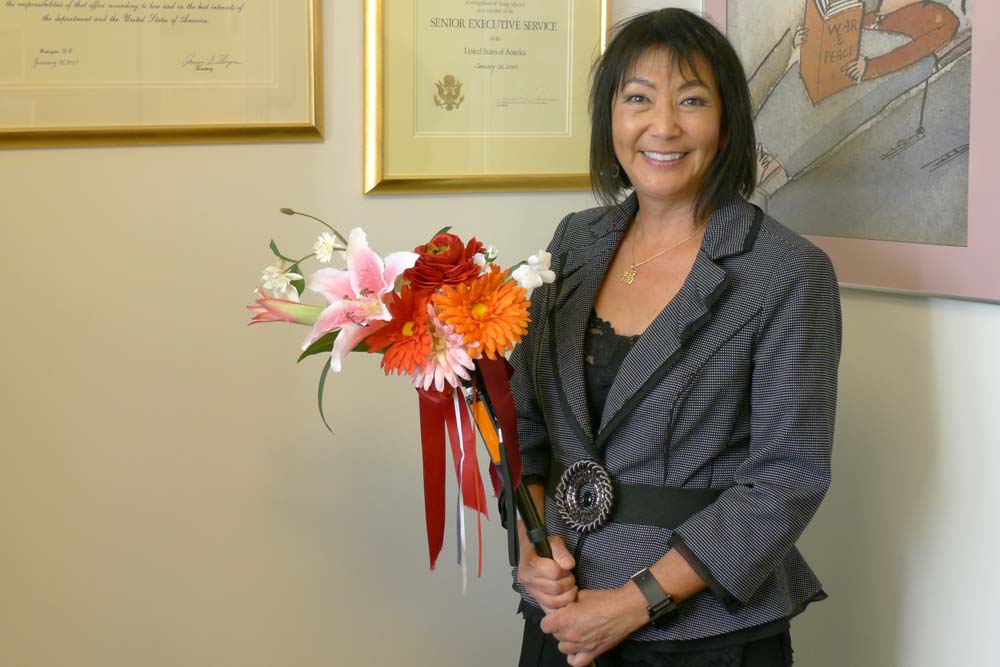 Dr. Charlotte Yeh in her AARP office, proudly holding her colorfully decorated cane.[/caption]
Note: As the Asian American Journalists Association AARP Fellow, I've been writing articles for the AARP.org website about AAPI themes but mostly work within the AARP AAPI Community's social media platforms on Facebook and Twitter. I'm starting to write profiles of AARP's AAPI volunteers and staff and post them to the AARP AAPI Community Facebook Page. This is the first profile I've posted, and because it's such a compelling story that I've decided to repurpose it here. If you find the story is valuable, please LIKE the Facebook page!
When Dr. Charlotte Yeh wrote a powerful article earlier this year in the Washington Post about shortcomings in emergency care, she subtly hinted at the conflicting cultural values that affected her that night two and a half years ago when she was hit by a car as she crossed a street.
She was taken to a nearby hospital’s emergency department, but wasn’t given the level of customer care she would have liked. And she’s an expert on the subject: Trained in surgery, Dr. Yeh was an emergency department physician and experienced healthcare administrator.
But she didn’t complain or raise questions with the doctors and nurses giving her care that night. Instead, she wrote in her Post column recalling that night that she wanted to be the “good patient.”
“The good patient in me wanted to please the doctor and saunter out of the room, but the real person in me was scared,” she wrote, even though in fact she wasn’t sure she could even stand and walk at all.
That phrase, “good patient,” comes up three times in her article, and is an echo of a deeply-felt Asian value that affects many immigrants in the United States, as well as generations of Asian Americans.
Dr. Charlotte Yeh in her AARP office, proudly holding her colorfully decorated cane.[/caption]
Note: As the Asian American Journalists Association AARP Fellow, I've been writing articles for the AARP.org website about AAPI themes but mostly work within the AARP AAPI Community's social media platforms on Facebook and Twitter. I'm starting to write profiles of AARP's AAPI volunteers and staff and post them to the AARP AAPI Community Facebook Page. This is the first profile I've posted, and because it's such a compelling story that I've decided to repurpose it here. If you find the story is valuable, please LIKE the Facebook page!
When Dr. Charlotte Yeh wrote a powerful article earlier this year in the Washington Post about shortcomings in emergency care, she subtly hinted at the conflicting cultural values that affected her that night two and a half years ago when she was hit by a car as she crossed a street.
She was taken to a nearby hospital’s emergency department, but wasn’t given the level of customer care she would have liked. And she’s an expert on the subject: Trained in surgery, Dr. Yeh was an emergency department physician and experienced healthcare administrator.
But she didn’t complain or raise questions with the doctors and nurses giving her care that night. Instead, she wrote in her Post column recalling that night that she wanted to be the “good patient.”
“The good patient in me wanted to please the doctor and saunter out of the room, but the real person in me was scared,” she wrote, even though in fact she wasn’t sure she could even stand and walk at all.
That phrase, “good patient,” comes up three times in her article, and is an echo of a deeply-felt Asian value that affects many immigrants in the United States, as well as generations of Asian Americans.





